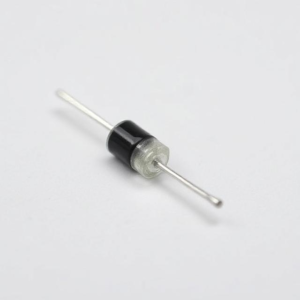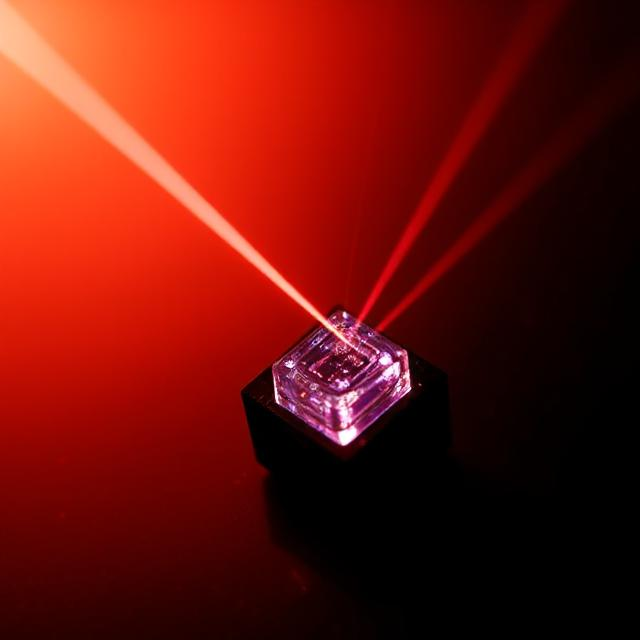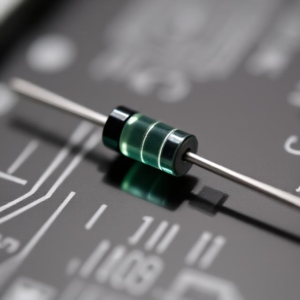LEDs (Light Emitting Diodes): Basics and Applications
Introduction to LEDs
A Light Emitting Diode (LED) is a semiconductor device that emits light when an electrical current flows through it. LEDs have revolutionized the lighting industry due to their energy efficiency, long lifespan, and versatility. Unlike traditional light bulbs that rely on heating a filament or using gas to produce light, LEDs work by electroluminescence, a phenomenon where a material emits light in response to an electric current.

How Do LEDs Work?
LEDs are made of semiconductor materials such as gallium arsenide (GaAs) or gallium phosphide (GaP). When electricity flows through the semiconductor, electrons recombine with “holes” (places where electrons are missing) within the material. This process releases energy in the form of photons (light). The color of the light emitted depends on the energy gap between the electron and the hole, which is determined by the material and the specific semiconductor used.
Key Components of an LED:
-
Anode (positive side) – Where the electrical current enters.
-
Cathode (negative side) – Where the current exits.
-
Semiconductor material – The core that emits light.
-
Lens – Protects the internal components and focuses the light.
Types of LEDs
There are several different types of LEDs, each designed for specific purposes:
-
Standard LEDs – Used for indicator lights, displays, and simple applications.
-
High-Power LEDs – Used in lighting applications where high brightness is required.
-
OLEDs (Organic LEDs) – A type of LED that uses organic compounds to create the light-emitting layer, often used in displays like TV screens.
-
RGB LEDs – Capable of emitting red, green, and blue light, used for color-changing lighting applications.
Advantages of LEDs
-
Energy Efficiency – LEDs consume significantly less power compared to traditional incandescent bulbs. They convert more electrical energy into light rather than heat, making them much more energy-efficient.
-
Long Lifespan – LEDs last much longer than conventional lighting, often up to 50,000 hours or more, reducing the need for frequent replacements.
-
Durability – Since LEDs are solid-state devices with no filaments or glass, they are less prone to breakage compared to traditional bulbs.
-
Compact Size – LEDs are small, which makes them ideal for a variety of applications, from large screens to tiny indicator lights.
-
Instant Light – LEDs light up instantly with no warm-up time, unlike some fluorescent bulbs that take time to reach full brightness.
Applications of LEDs
LEDs have many applications across various industries due to their unique advantages. Here are some common uses:
1. Lighting
-
Residential and Commercial Lighting: LEDs are widely used for indoor and outdoor lighting due to their energy efficiency. They are used in ceiling lights, lamps, and streetlights.
-
Street Lighting: Many cities have switched to LED street lighting because they consume less energy, have a longer lifespan, and provide better illumination compared to traditional streetlights.
-
Decorative Lighting: LED strips and bulbs are popular for decorative purposes in homes, businesses, and public spaces.
2. Displays and Screens
-
TVs and Monitors: LEDs are used in backlighting for LCD screens and are increasingly being used in the latest OLED (Organic LED) TV displays, which offer better color and contrast.
-
Digital Signage: Large LED screens are used for advertisements, announcements, and information displays in public places, such as airports, train stations, and shopping malls.
-
Billboards and Signs: Bright, high-contrast LED displays are perfect for outdoor signage.
3. Indicators and Signs
-
Indicators: LEDs are commonly used in electronic devices as status indicators (e.g., power indicators on gadgets).
-
Traffic Lights: LED traffic signals are more energy-efficient and last much longer than incandescent bulbs, reducing maintenance costs and energy consumption.
-
Exit Signs: Many exit signs in public buildings use LEDs for better visibility and energy savings.
4. Automotive Applications
-
Car Lighting: LEDs are used for interior lighting, headlights, and tail lights in cars. They are energy-efficient, durable, and provide bright, clear illumination.
-
Brake Lights and Turn Signals: Many vehicles now use LED lights for indicators and brake lights due to their quick response time and brightness.
5. Medical Devices
-
Surgical Lighting: LEDs are used in medical and dental lighting equipment, providing bright, focused light without generating excessive heat.
-
Phototherapy: LEDs are used in treatments like light therapy for skin conditions such as acne or to manage circadian rhythm disorders.
6. Consumer Electronics
-
Flashlights: LED flashlights are more efficient and have longer battery life compared to traditional incandescent flashlights.
-
Smartphones and Tablets: LED technology is used for screen displays, backlighting, and camera flashes in mobile devices.
7. Environmental and Energy Applications
-
Solar-Powered Lights: LEDs are commonly used in outdoor solar-powered lights, as they consume very little power and work well in solar-powered systems.
-
Light Pollution Reduction: Because LEDs can be directed more precisely, they help reduce light pollution in urban areas.
Challenges of LEDs
While LEDs offer numerous benefits, there are some challenges as well:
-
Heat Management: High-power LEDs can generate heat, which must be managed to ensure the longevity of the device.
-
Initial Cost: Although the cost of LEDs has decreased significantly over time, the initial cost of LED fixtures can still be higher than traditional lighting solutions, especially in high-performance applications.
-
Color Quality: In some cases, the color quality of LEDs, especially low-cost ones, may not be as high as traditional light sources.
Conclusion
LEDs have transformed the way we light our world and use electronic displays. With their energy efficiency, long lifespan, and versatility, they are being adopted in an ever-growing number of applications, from lighting and displays to automotive and medical uses. Despite some challenges, the advantages of LEDs make them an integral part of modern technology, offering a greener and more efficient solution to many lighting and display needs.











